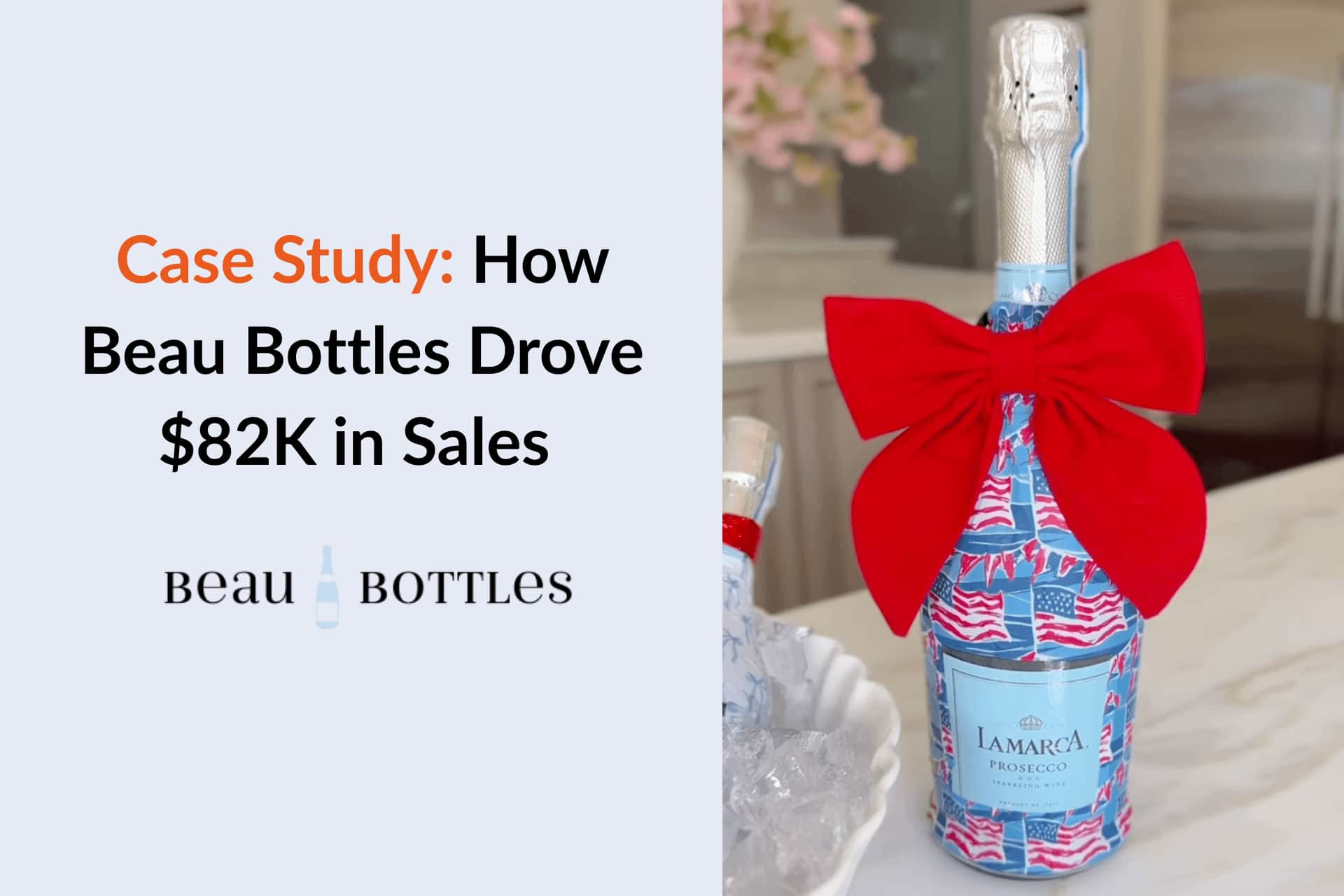





Since indaHash burst onto the scene, users have praised its influencer discovery and dashboard design, but many still seek alternatives. Common complaints include limited pricing transparency requiring direct outreach and occasional inaccuracy in reporting data. That’s why more marketers are exploring better fits for straightforward budgeting, reliable analytics, and flexible payouts.
According to the latest data from Influencer Marketing Hub (2025), more than 70% of marketers cite campaign ROI tracking and ease of influencer onboarding as their top priorities, areas where modern alternatives to indaHash, especially Influencer Hero, deliver more clarity and results.
Here are the top 10 indaHash alternatives we’ll explore in this article:
Let’s discover four key reasons why users may be seeking indaHash alternatives:
While indaHash can track smaller creators fairly well, several users note that data accuracy declines for mid-tier and larger influencers. This leads to unreliable campaign insights and forces marketers to double-check stats across other tools.
A recurring complaint is that Instagram Reels view counts aren’t automatically captured, requiring manual input. This creates unnecessary admin work for teams running high-volume influencer campaigns.
Marketers have flagged that initial budget agreements don’t always match actual influencer costs, leading to crossed wires and unexpected expenses. Combined with unclear pricing structures, this makes campaign planning more complex than it should be.
Some early adopters reported losing money through payouts tied to indaHash’s proprietary cryptocurrency, calling it unreliable. Others mention poor profile vetting, with errors in engagement rate checks that wrongly flagged creators as unsuitable.
Our comparison focuses on several key aspects:

Platform Coverage: Instagram, TikTok, YouTube, Facebook, X (Twitter), Snapchat, and LinkedIn
Best For: Mid-to-large brands and agencies that want a hybrid of SaaS + managed services to run multi-market creator programs with strong safety controls and granular analytics (incl. global rollouts).
Pricing: indaHash offers a free Lite plan and undisclosed pricing for its Launch, Growth, and Enterprise plans.
Reviews: 4.7 / 5.0 (G2)
Ease of Use (UX/UI): Users describe the dashboard as intuitive for discovery/filters, with quick onboarding. Reporting is praised for drag-and-drop customization that feels “spreadsheet-like.”
Customer Support: Reviewers highlight responsive, proactive account managers who help beyond troubleshooting, including strategic guidance during onboarding and campaigns.

Platform Coverage: Instagram, TikTok, YouTube, Facebook, Pinterest, Snapchat, X, Twitch
Best For: Growing D2C and eCommerce brands, plus agencies, that need an all-in-one influencer marketing platform to scale programs with strong CRM automation, commerce integrations, and ROI tracking.
Pricing: (Plans are monthly and scalable.)
Reviews: 5.0 / 5.0 (Capterra)
Ease of Use (UX/UI): Influencer Hero is known for an intuitive design and user-friendly interface with a streamlined dashboard, automated workflows, and customizable email templates. New users can be up and running quickly thanks to drag-and-drop campaign setup.
Customer Support: Delivers real-human live chat, responsive email support, and an extensive Help Center with written and video tutorials. Every plan includes a dedicated account manager from day one; Pro users also receive private Slack channel support and optional strategy consultations.
Influencer Hero offers transparent monthly pricing with clear creator limits, starting at $649/month, and packaged plans designed to scale quickly for D2C/eCommerce teams; indaHash, by contrast, typically requires contacting sales for custom pricing and often positions itself around annual/negotiated contracts. That pricing transparency makes Influencer Hero easier for growing brands to evaluate and budget against immediate needs.
Functionally both platforms offer strong discovery, reporting and brand-safety capabilities, but Influencer Hero emphasizes turnkey CRM automation, fast onboarding, and out-of-the-box e-commerce integrations for gifting and affiliate tracking.
Brands seeking transparent pricing, rapid self-service scale and tight e-commerce integration will likely find Influencer Hero the more favorable fit.
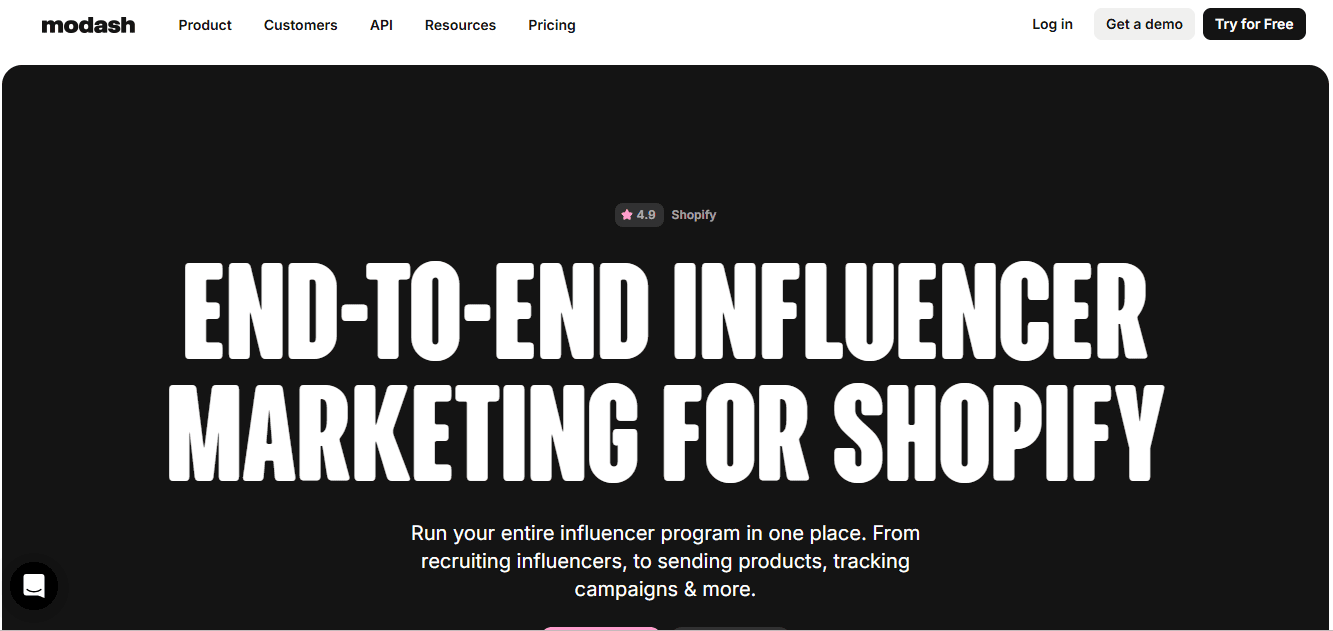
Platform Coverage: Instagram, TikTok, YouTube, and profile recognition for X, Snapchat, and other platforms.
Best For: Shopify and DTC eCommerce brands that want an end-to-end workflow (discovery → outreach → tracking → affiliate payouts) without heavy implementation. Strong fit for teams scaling creator gifting and affiliate programs while staying lean on tools.
Pricing: Modash offers free trials to both their Essentials and Performance plan.
Reviews: 4.9 / 5.0(Capterra.com)
Explore our list of the top 10 Modash alternatives to find tools that better suit your influencer marketing needs.
Ease of Use (UX/UI): Users repeatedly call Modash intuitive and fast for search and shortlisting, with powerful filters that save time. Some mention a mild learning curve in the analytics sections as you go deeper.
Customer Support: Reviews highlight quick, helpful responses and smooth onboarding. A few note slower replies on lower tiers, but overall sentiment on support is strong.
Choose Modash if you’re a Shopify/DTC team prioritizing discovery depth, fast outreach, real-time tracking, and affiliate payouts in one place. You’ll trade off native support for non-Shopify stores and built-in whitelisting, but you get arguably the largest public creator graph and tight eCommerce loops.
Choose indaHash if you want a hybrid SaaS + agency partner with global campaign execution, AI image recognition for discovery, and a free starter tier. It’s better for brands needing hands-on services or broader non-Shopify use cases; exact paid pricing may be less transparent and can require sales engagement.
In terms of pricing, Modash posts transparent SaaS pricing (from $199/mo billed annually, with Shopify-first workflows). indaHash offers a free Lite tier with limited searches/campaigns and scales to paid tiers (details vary by site and plan); it also positions as both SaaS and a full-service agency. If you want visible pricing and a product-led trial, Modash is simpler; if you want to start free or combine software with managed services, indaHash fits.

Platform Coverage: Instagram, TikTok, YouTube, X , Twitch, Pinterest, WordPress blogs.
Best For: e-commerce brands and D2C businesses, especially those using Shopify, WooCommerce, Amazon, and other platforms, looking for an integrated solution to manage discovery, outreach, affiliate programs, gifting, and performance tracking.
Pricing: Upfluence offers annual contracts with the following pricing.
Reviews: 4.6 / 5.0 (G2)
Ease of Use (UX/UI): Reviewers commend Upfluence for its intuitive interface and clear workflows, especially in search and campaign pipeline management. Even though it’s feature-rich, many users find the UI logical and manageable
Customer Support: Users often mention helpful onboarding and support representatives who guide campaign setup and execution. However, in a few reports, there’s criticism over billing practices or long-term commitment inflexibility when canceling.
indaHash provides flexibility with both SaaS and managed services, making it ideal for global brands and agencies that need scalability, advanced analytics, and strong brand safety tools. Its access to 5M+ vetted creators across 100+ markets and frequent feature updates make it a powerful choice for international campaigns.
Upfluence, by contrast, focuses heavily on e-commerce, particularly Shopify and Amazon integrations, allowing brands to track sales, manage affiliates, and even identify influencers within their customer base. While indaHash’s pricing is custom and varies by subscription tier, Upfluence is fixed at $1,276 per month on an annual contract, making it more transparent but less flexible. For global reach and flexibility, indaHash is the stronger option, while Upfluence is best for e-commerce brands seeking clear ROI tracking and sales attribution.
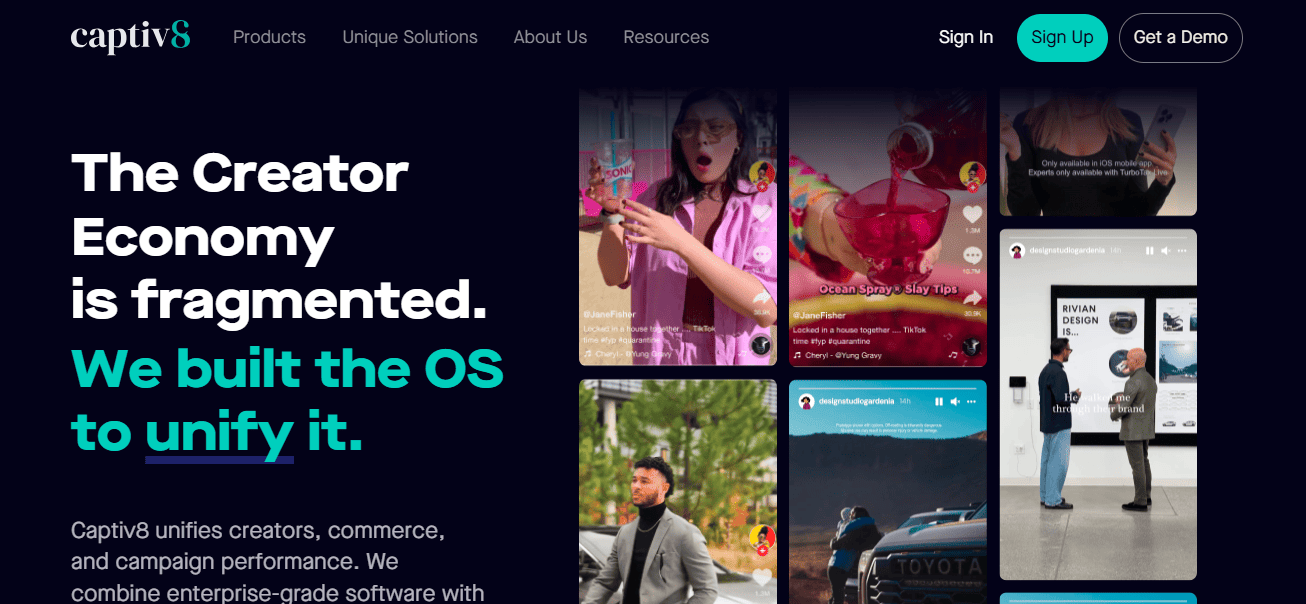
Platform Coverage: Captiv8 supports influencer campaigns across Instagram, YouTube, TikTok, Facebook, Twitter, and Pinterest.
Best For: Enterprise and upper-mid-market brands that need end-to-end creator management with deep performance tracking, competitive intelligence, and commerce integrations (Shopify/Refersion/WooCommerce).
Pricing:
No monthly or customizable plans are available; pricing is rigid and enterprise-focused
Reviews: 4.6 / 5.0 (G2)
Ease of Use (UX/UI): Reviewers highlight an intuitive workflow that makes running influencer programs in-house feasible for small teams. Content approvals and collaboration are frequently praised as efficient.
Customer Support: Users report mixed experiences, some note helpful onboarding, while others cite slow responses and unresolved issues, especially around payments.
Discover our overview of the top 10 Captiv8 alternatives, detailing pricing, reviews, and why Influencer Hero stands out as a cost-effective, fully automated influencer marketing platform
indaHash offers both SaaS and fully managed services with strong brand-safety, audience overlap analysis, and large-scale global execution, ideal for brands seeking flexibility across 100+ markets and robust reporting. Captiv8 is more enterprise-skewed, emphasizing competitive intelligence, deep analytics, and a tightly integrated commerce/affiliate stack (including storefronts) for shoppable campaigns.
On pricing, indaHash uses custom quotes by tier, while Captiv8 lists $25,000/year plus a $3,000 onboarding fee, with optional Storefronts + Affiliate at $20 to 30K/month.
Brands that want flexible packaging and managed-service options may prefer indaHash; those prioritizing competitive tracking, advanced analytics, and enterprise commerce programs may favor Captiv8.
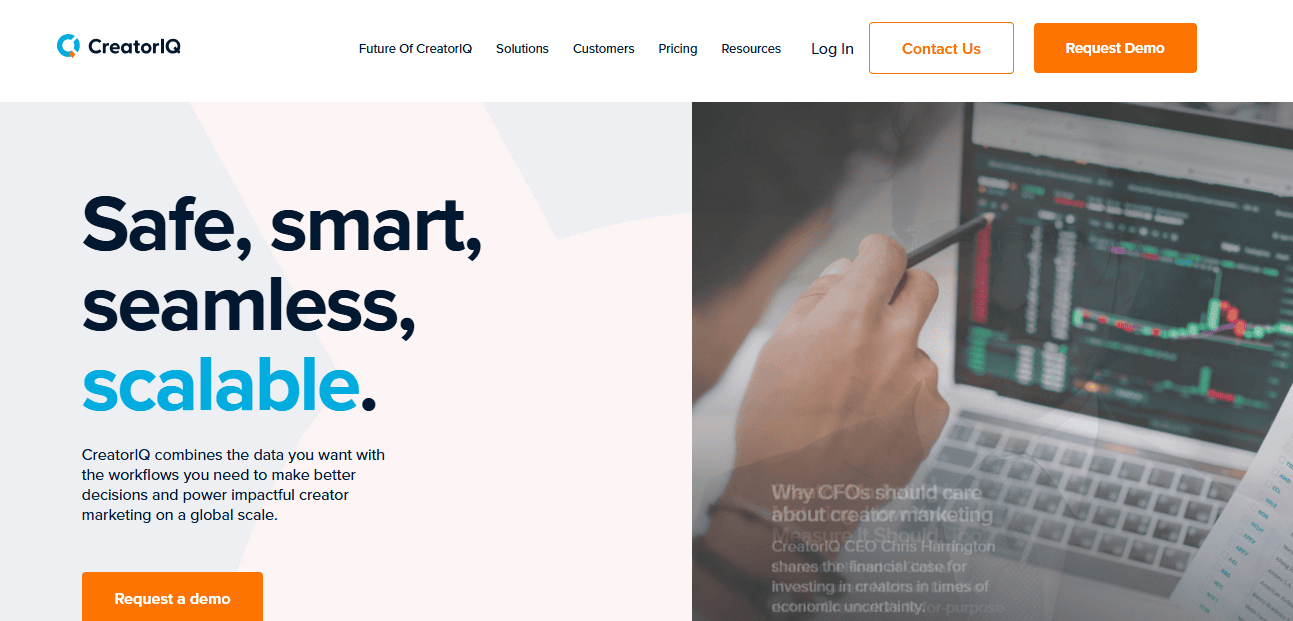
Platform Coverage: Instagram, TikTok, YouTube, Facebook, Pinterest, Twitch, X.
Best For: Large enterprises, global brands, and agencies looking for a truly end-to-end creator marketing solution, ideal for organizations seeking deep metrics, unified campaign execution, and scalable creator intelligence across the full marketing stack.
Pricing: All plans are billed annually.
Reviews: 4.6 / 5.0 (G2)
Ease of Use (UX/UI): Users typically find CreatorIQ’s interface modern and highly intuitive, praising its widget-based reporting and polished design. However, some note there’s a learning curve due to the platform’s breadth and depth.
Customer Support: Many customers applaud the responsive, knowledgeable support and account management team, especially during onboarding. Yet, there are occasional reports of unexplained contract or account handling issues.
CreatorIQ caters to high-end, enterprise-level operations. It provides robust discovery, full CRM, campaign workflows, e-commerce integrations, benchmarking, and fraud detection, ideal for brands looking to centralize and scale influencer programs.
indaHash, by contrast, offers flexible SaaS and managed services, giving brands access to over 5 million vetted creators globally with strong brand safety and advanced analytics, particularly well-suited for multi-market campaigns seeking both self-service and full support options.
In terms of pricing, indaHash tends to offer custom-tailored quotes, often ideal for flexible-sized campaigns. CreatorIQ, however, starts at approximately $36,000 per year per user, indicative of a premium investment.
Why choose one over the other? Choose indaHash if you need adaptable deployment options, including managed services, plus cost flexibility and global scalability. Opt for CreatorIQ if you're a large enterprise seeking an all-in-one, highly integrated influencer intelligence platform with top-tier analytics, benchmark insights, and deep workflow controls.
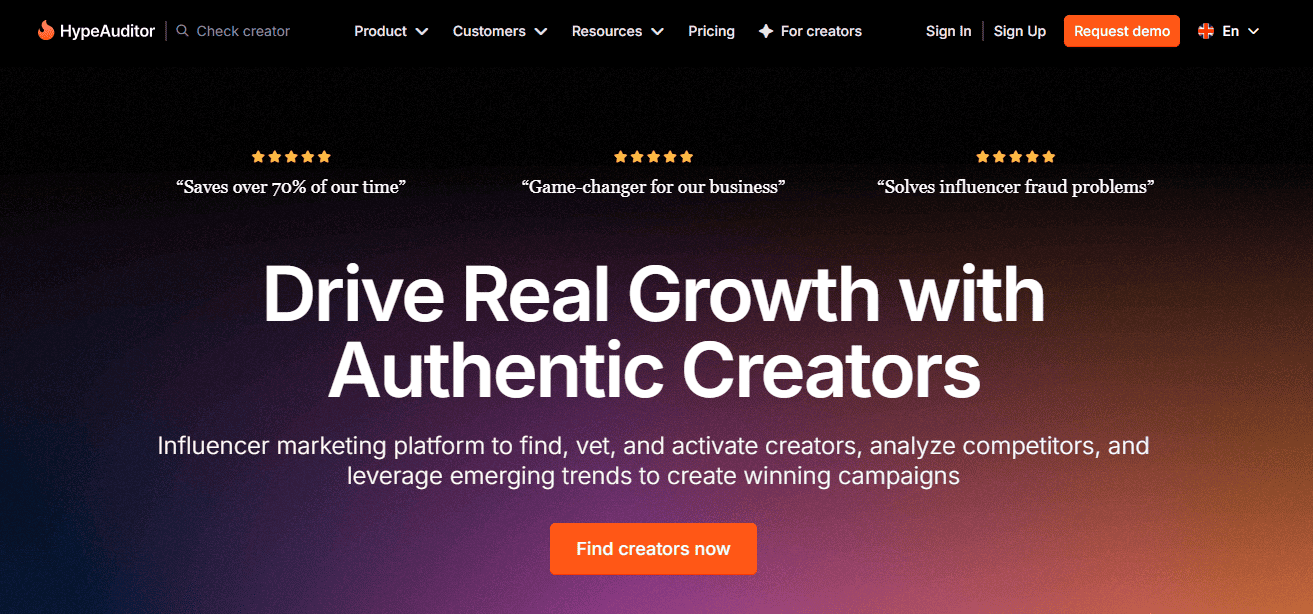
Platform Coverage: Instagram, TikTok, YouTube, Twitch, X (Twitter), Snapchat
Best For: Brands and agencies seeking deep influencer analytics and fraud detection, with strong tools for discovery, outreach, and ROI measurement. It’s particularly effective for eCommerce and performance-driven campaigns that need to validate audience authenticity before scaling.
Pricing: Custom plans based on usage. Flexible contract terms depending on platform access, campaign volume, and number of reports.
Reviews: 4.5 / 5.0 (G2)
Ease of Use (UX/UI): Users find the dashboard data-rich yet relatively easy to navigate once onboarded, with clear filtering and campaign tracking. Some note a steeper learning curve for beginners due to the depth of analytics.
Customer Support: Customer support is described as responsive and helpful, especially during setup and onboarding. However, some users mention delays in resolving complex issues or customization requests.
indaHash and HypeAuditor both excel in influencer discovery, but their strengths differ.
indaHash is built for scalability across 100+ markets with a balance of SaaS and managed services, making it ideal for brands seeking campaign execution support alongside advanced analytics and safety tools. HypeAuditor, meanwhile, emphasizes data authenticity and deep reporting, with industry-leading fraud detection and lookalike search to ensure brands connect only with credible influencers.
Pricing also distinguishes the two. indaHash offers custom packages that vary by team size and scope, with flexibility for both mid-sized and enterprise campaigns. HypeAuditor’s entry pricing begins at around $10K/year for the Business plan, scaling up to $60K for enterprise. This makes indaHash more adaptable for a range of budgets, while HypeAuditor is best suited for data-driven brands ready to invest in advanced verification and reporting.
Brands should choose indaHash if they want flexible, full-service or self-service campaign execution with a global reach. HypeAuditor is the better option for companies that prioritize influencer authenticity, fraud detection, and granular campaign ROI analytics.
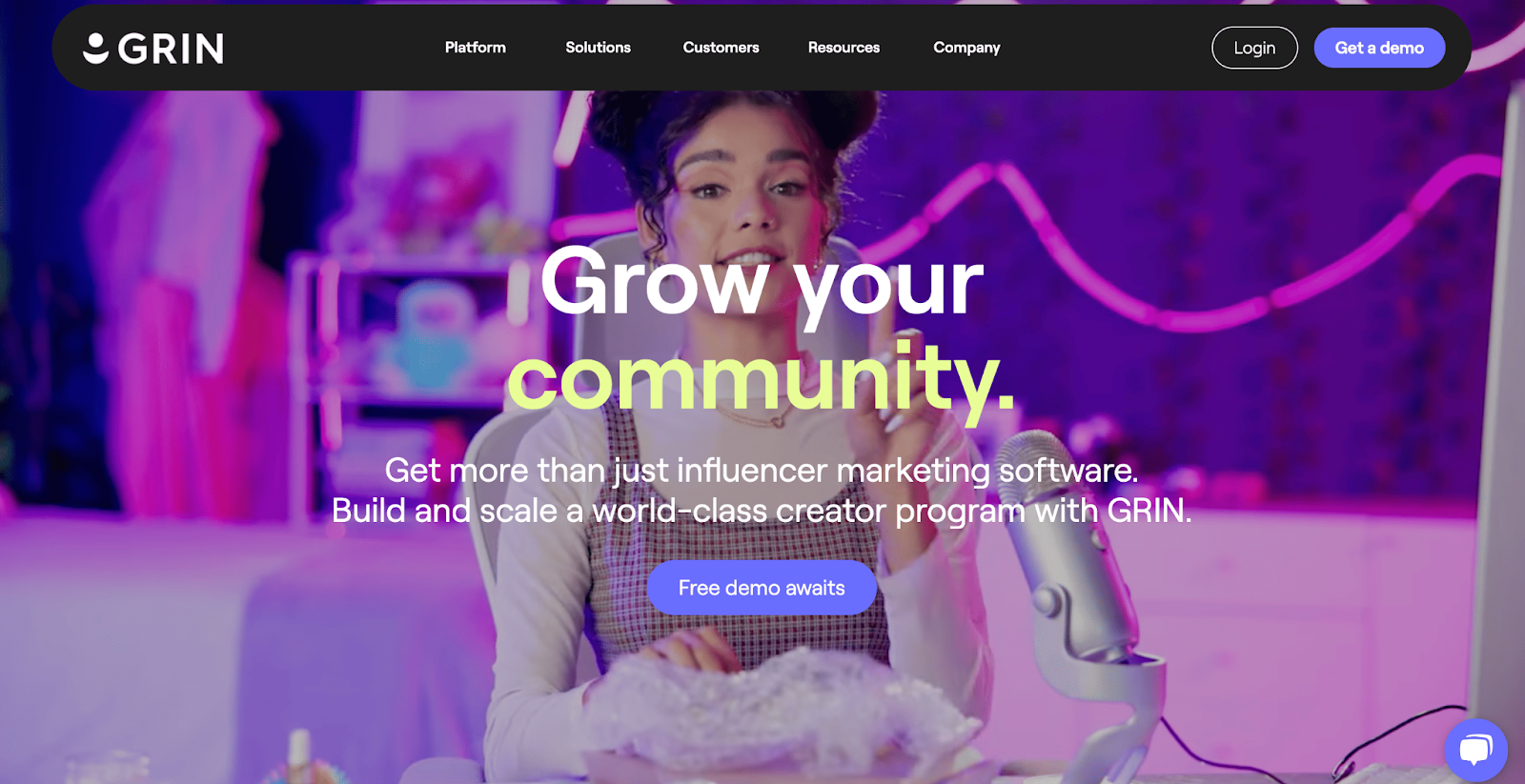
Platform Coverage: Instagram, TikTok, YouTube, X, Twitch, Snapchat
Best For: DTC and eCommerce brands that need an end-to-end creator management stack, from discovery and gifting to payments, affiliate tracking and UGC collection, all tightly integrated with eCommerce platforms like Shopify.
Pricing: Plans start at $25,000 per year, with monthly payments available and a required 12-month commitment; typical monthly costs range from $2,500 to over $10,000 depending on usage, though pricing transparency may vary based on selected features.
Reviews: 4.5 / 5.0 (G2)
Ease of Use (UX/UI): Many users praise GRIN for consolidating complex influencer workflows into one platform, but several reviews call out a steep learning curve and occasional UX friction when managing large datasets or duplicate creator records.
Customer Support: Customer support is often described as knowledgeable and helpful—GRIN also offers optional dedicated program strategists for onboarding and strategy—but some users report inconsistent follow-through, longer response times on complex tickets, and difficulties with contract/cancellation issues.
GRIN is built as an eCommerce-first, enterprise-grade creator management platform that emphasizes integration with stores, in-platform payments, UGC rights capture and a full CRM for long-running creator relationships. It’s optimized for brands that need to run high-volume, measurable creator programs tied to sales and affiliate conversions.
indaHash focuses more on matchmaking and campaign scaling with both self-service and managed agency options; it historically emphasized algorithmic matchmaking between brands and creators and offers a range of pricing tiers to serve smaller or mid-market buyers as well as enterprise.
Pricing comparison sentence: GRIN typically targets mid-market to enterprise budgets, while indaHash publishes more flexible tiering with entry/lite options and demos suiting smaller budgets, so pricing often becomes a decisive factor.
Which to choose? Choose GRIN if your brand needs enterprise-grade eCommerce integrations, deep UGC rights workflows, built-in payments and a single platform to scale creator programs and attribute sales. Choose indaHash if you want a more flexible entry point, a matchmaking model that can quickly activate campaigns, or if budget and speed of setup are primary concerns.

Platform Coverage: Instagram, TikTok, LinkedIn, X, YouTube
Best For: Brands and agencies looking to source, organize, and reuse user-generated content across various channels, showcase shoppable social proof on their websites, and conduct basic influencer discovery without the complexity of a full influencer CRM.
Pricing:
Reviews: 4.8 / 5.0 (G2)
Ease of Use (UX/UI): Users appreciate the fast setup, simple embedding options, and centralized dashboard for managing, moderating, and tracking UGC. Some report that the backend can feel a bit clunky at first, with certain updates or changes taking extra time to process.
Customer Support: Paid plans provide access to responsive chat and phone support, along with helpful tutorials and guides. Free users rely on self-service resources. Overall, feedback is positive, though a few users note occasional technical hiccups and a learning curve with advanced tools.
Explore our top 10 Taggbox alternatives and find out which tools offer the best features and pricing as potential indahash alternatives for user-generated content and influencer marketing.
indaHash is a full-scale influencer marketing platform built for brands and agencies that want to run end-to-end campaigns, offering advanced influencer discovery, campaign management, analytics, and brand-safety tools. Its pricing starts with a free Lite version.
By contrast, Taggbox focuses on user-generated content, helping brands collect, curate, and display authentic social content across websites, emails, events, and shoppable galleries. With AI moderation, it’s designed to showcase social proof rather than manage influencer relationships. Pricing is much simpler and more budget-friendly, starting free and scaling through affordable plans at $19, $29, and $59 per month.
Choosing between them depends on your goals:
indaHash is best for businesses needing robust campaign orchestration, making it a strong fit for agencies and larger brands running influencer-driven growth strategies.
Taggbox, on the other hand, is ideal for companies that want to boost engagement and conversions by embedding authentic, rights-cleared content directly into their digital touchpoints.
For influencer-heavy campaigns at scale, indaHash is the stronger option; for affordable, quick-to-launch UGC solutions, Taggbox is the better fit.

Platform Coverage: Instagram, TikTok, YouTube
Best For: Small to mid-sized eCommerce brands and agencies that want a cost-effective influencer search and campaign management tool, with scalable outreach and affiliate tracking via Shopify or WooCommerce on higher plans.
Pricing:
Reviews: 4.5 / 5.0 (G2)
Ease of Use (UX/UI): Users often highlight Heepsy’s clean and intuitive interface, which makes it easy to filter and find influencers quickly. Some note that while setup is simple, advanced functions like CRM and exports may take a little time to master.
Customer Support: Customers generally report that Heepsy’s support team is responsive and helpful, offering onboarding calls and extra templates when needed. However, a few users mention that most of the personalized guidance is limited to the onboarding phase.
indaHash focuses heavily on automated matchmaking and managed services, giving brands access to pre-vetted influencers across 120+ countries. Heepsy, on the other hand, is designed for brands and agencies that prefer a self-service tool. Its value lies in influencer discovery and bulk outreach at scale, paired with sales and affiliate tracking via Shopify or WooCommerce (on the Advanced plan).
Pricing comparison: Heepsy offers a lower entry point, with the Advanced plan starting at $369/month or discounted yearly at around $2,878. In contrast, indaHash pricing varies by package but is generally higher for managed campaigns, making Heepsy the more budget-friendly option for smaller or mid-sized brands, while indaHash is more appealing to enterprise brands needing a global managed service.

Platform Coverage: Instagram, Facebook, TikTok, YouTube.
Best For: Brands that want a done-for-you influencer and UGC solution, where campaigns, creator management, and paid ad optimization are handled end-to-end. It’s particularly valuable for eCommerce brands looking to transform influencer-generated content into high-performing paid ads.
Pricing:
Reviews: 4.9 / 5.0 (Glassdoor)
Ease of Use (UX/UI): Because Cipio is more service-driven than self-service software, users appreciate not needing to navigate a complex dashboard or manage creators directly. Some note that this limits customization for those who prefer a fully hands-on platform.
Customer Support: Users often highlight Cipio’s team as proactive and hands-on, managing creator communications, logistics, and optimization without much internal lift. However, a few reviews suggest that timelines can feel slow for fast-moving teams.
indaHash offers a self-service plus managed service hybrid, giving brands access to a global influencer marketplace and flexible campaign models. It is designed for scalability and quick activations, making it attractive for brands that want to test influencer campaigns across many regions.
Cipio, in contrast, leans toward a managed-service model centered on user-generated content and ad performance. Its strength lies in transforming creator content into fully licensed paid ads, with continuous testing and optimization. For brands prioritizing UGC ownership and paid media efficiency, Cipio provides more direct value.
Pricing comparison: indaHash typically offers tiered SaaS subscriptions and managed packages, often at higher overall cost for enterprise campaigns. Cipio’s pricing is modular and transparent: $459/ad and $149/creator on pay-as-you-go, dropping to $299/ad and $99/creator on annual contracts.
Which to choose? If your priority is global influencer access and flexible self-service or managed campaigns, indaHash is the better fit. If your main goal is to generate scalable, rights-owned UGC optimized for ads, Cipio provides a more focused solution at predictable per-asset costs.
When exploring alternatives to indaHash, it becomes clear that each platform offers distinct strengths depending on a brand’s influencer marketing goals. Some solutions focus on data-driven discovery and audience insights, while others emphasize campaign management, automation, or content tracking.
Among the top options, Influencer Hero stands out as one of the best indaHash alternatives due to its all-in-one approach. With AI-powered discovery, automated influencer outreach, and an advanced CRM system, it combines essential functions into a single platform that simplifies influencer management and boosts campaign efficiency.
Ultimately, choosing the right alternative depends on a brand’s priorities, but platforms like Influencer Hero make it easier to build authentic connections and maximize ROI in today’s competitive influencer marketing landscape.

Many users look for alternatives due to indaHash’s limited pricing transparency, occasional data inaccuracies, and reliance on manual tracking for some metrics. Alternatives often provide clearer pricing, stronger analytics, and smoother campaign workflows.
Influencer Hero is one of the best choices for D2C and eCommerce brands. It offers transparent monthly pricing, AI-powered discovery, automated outreach, and seamless Shopify/WooCommerce integrations.
Yes, some platforms offer entry-level or free plans, while indaHash typically requires contacting sales for custom pricing. Others, like Influencer Hero, provide clear monthly tiers that help brands budget more effectively.
Platforms like Influencer Hero, Modash, and HypeAuditor excel in influencer discovery with advanced filters, audience authenticity checks, and fake-follower detection.
Yes. Most alternatives support campaigns on Instagram, TikTok, YouTube, Facebook, and more, making them versatile options for brands running cross-platform campaigns.



Schedule a Demo with one of our media experts below.